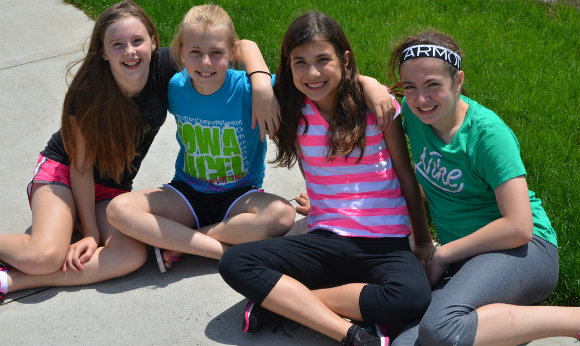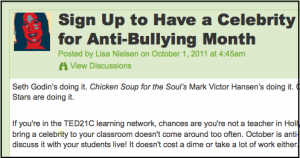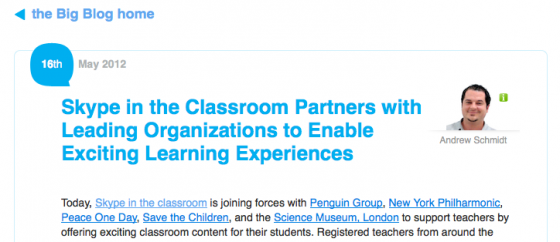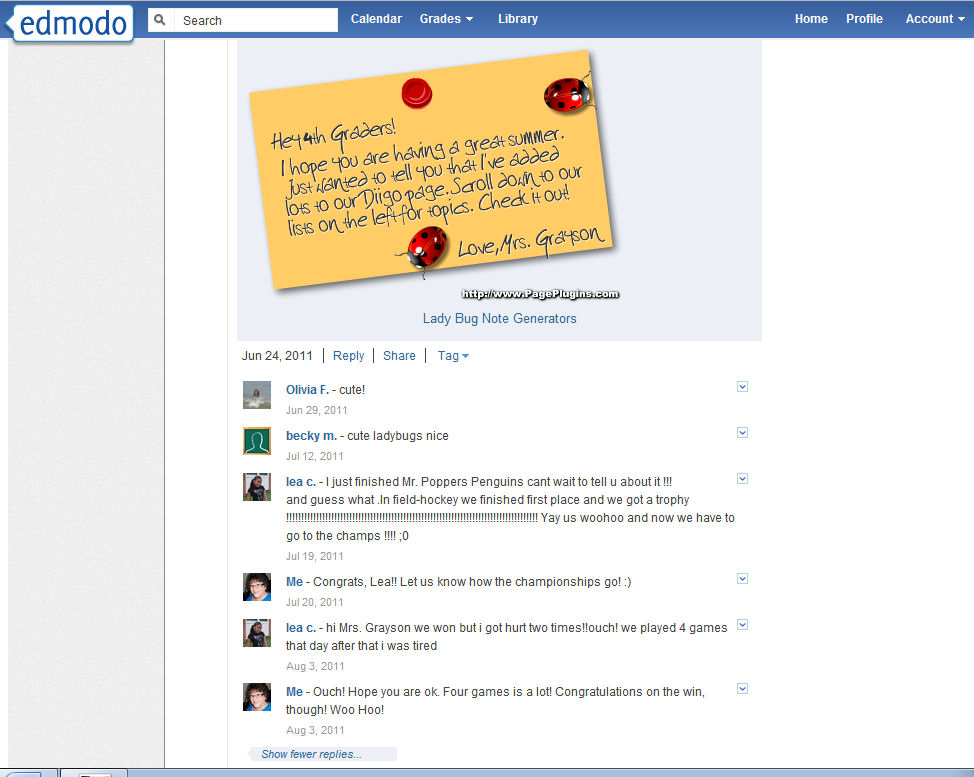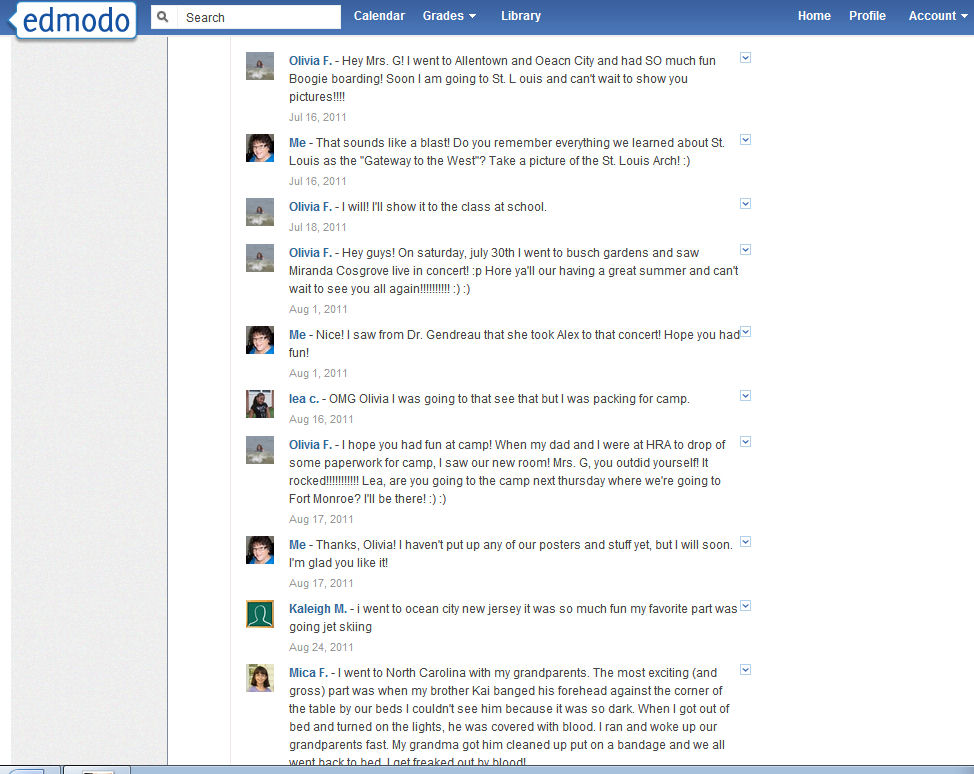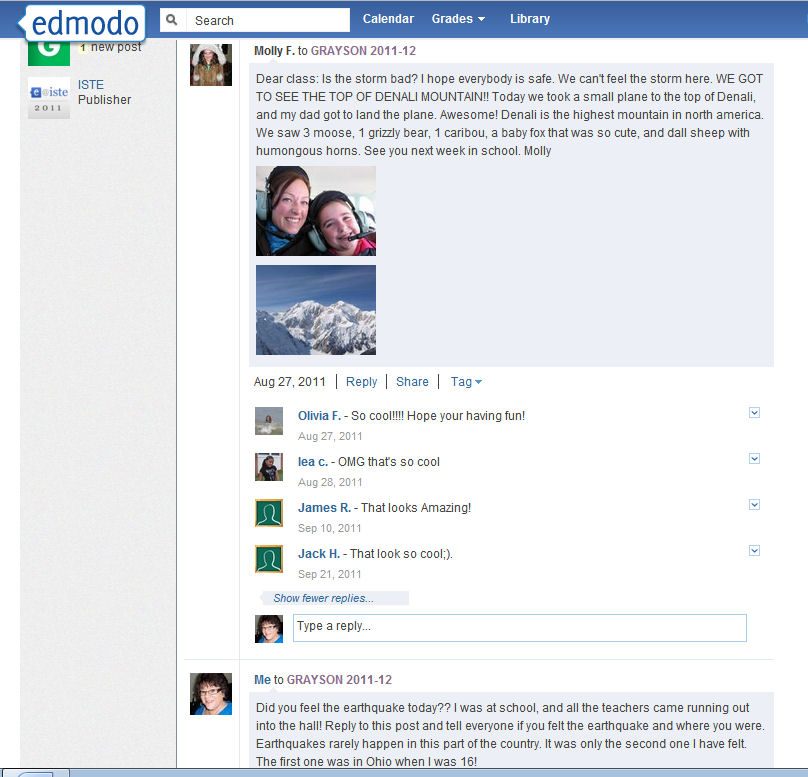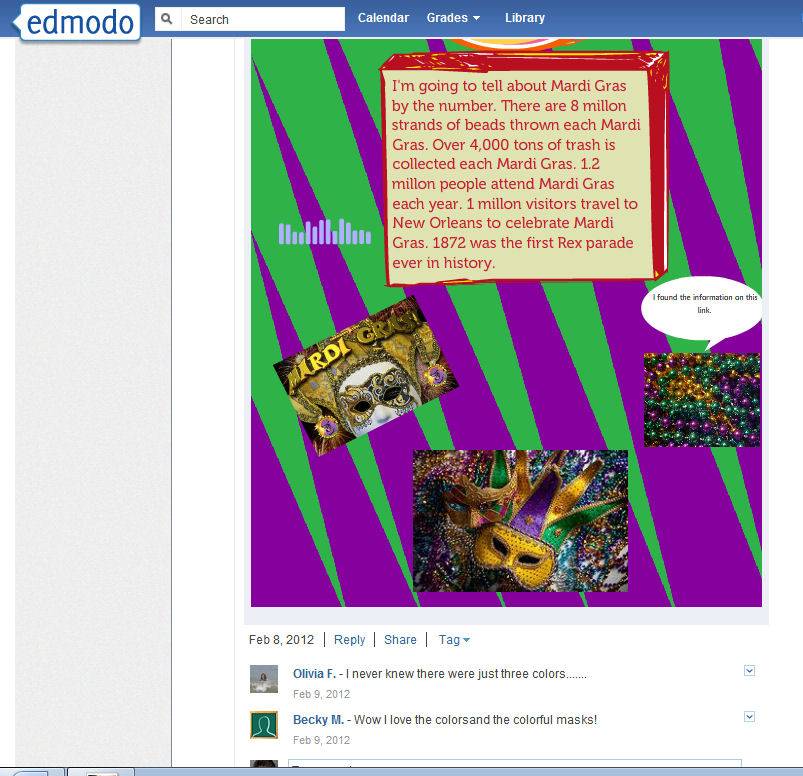At the International Society for Technology in Education (ISTE) conference this summer, there was a great deal of discussion about how this year’s sessions addressed the use of technology. While there are still plenty of “60 apps in 60 minutes” sessions that always draw a crowd (and can help us find great resources), I was glad to see the focus begin to shift in 2015.
We’ve heard for a long time that technology should not be separate from instruction (C’mon kids, let’s all go to the computer lab, and “do” technology!), but should be integrated seamlessly. But for quite some time it seems, we’ve been going at it the wrong way.
How many times have you been asked to take a lesson and find SOME way to integrate technology? This feels a bit backward to me, and it’s time to see technology integration become more organic. I was glad to hear an administrator say while leading a session, “I don’t walk into classrooms to see what technology the kids are using. I walk in to see what they are learning!”This may seem a bit obvious, but a key question arose during a session, and it helped me a great deal to think about the answer. The question? When is technology most effective? Whoa! Now we’re talking. If technology is just another tool, then we need to think about when it should be used.
You don’t pull a hammer out of your toolbox when you need a screwdriver, so why do we try to “force” technology into lessons where it is not the right tool for the job?
Technology is the right tool when…
1. It helps students visualize concepts. This was particularly true for me when teaching geometry to my middle school students. If you can see and manipulate transformations of shapes, it is much easier to understand them. Looking at animations of scientific processes or reactions is another way to help students truly see and interact with learning, as opposed to relying on still text and images.
2. It allows students to be creative, innovative & personalize their work. My 5th grade English students loved creating their research projects in Glogster, where they could design their own posters, link to related information, and embed images and videos to support their research. My 7th grade World Geography students had a blast creating narrated iMovie “infomercials” on the South American country they researched, choosing their own music and images.
3. It makes work easier for students (and often teachers). Does the tool help students keep work organized, or make work flow easier? My English students used web-based NoodleTools for their research papers, which allowed them to keep note cards and sources digitally, and easily link sources to information. All projects were shared with me, which made it easy to provide feedback or comments while they worked. This meant students could keep working during our snow days last year, and never had to worry about losing index cards or copies.
4. It promotes collaboration, provides students with a larger audience for their work, or connects them to peers or experts in a new way. Blogging is an excellent example. My students love reading the work of other kids and learn through practice how to provide constructive comments. They are thrilled to receive comments on their writing, and begin to think much more about their audience when writing. Skype is another example of how students can connect and learn from a more diverse, global audience, including experts.
5. It enables more students to participate, better engages them, and makes learning FUN. Surely we’re not so far removed to remember that these are kids, right? If technology gives a quiet child a voice, allows a child who needs more thinking time to participate, or just makes the process of learning more fun and engaging, we should provide these opportunities to our students whenever possible.
As the new school year begins, I encourage you to look at your curriculum with these five opportunities in mind. Then use technology to support your students in ways that take both teaching and learning to a new level. Your “new and improved” classroom will support creativity, collaboration, critical thinking, and communication, and most importantly, will celebrate the gifts of every child.

 sumers Energy
sumers Energy